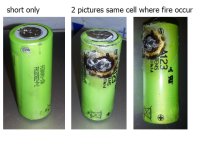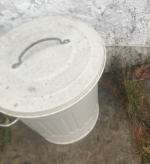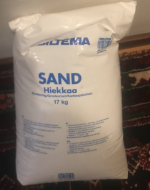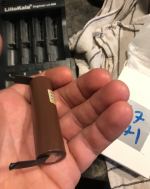Cyclomania
10 kW
Hi
So I am probably going to try to build my first battery in the next few months. I have nickel strip, case, cells, spacing and bms. I am now going to try to build and weld the actual battery. So I can use it, for a bike most likely.
The battery is going to be a 52volt 14s-battery. Most likely 14s6p.
What kind of safety precautions do you take before you build a lithium battery at home?
Do you guys use some special type of clothing? For example, a welding helmet and some protective clothing or something like that?
For example, a welding helmet and some protective clothing or something like that?
Where do you put the battery when you are building it? Maybe an oven tray or something like that? So if a fire starts it is easy to carry it outside on the asfalt ?
So I am probably going to try to build my first battery in the next few months. I have nickel strip, case, cells, spacing and bms. I am now going to try to build and weld the actual battery. So I can use it, for a bike most likely.
The battery is going to be a 52volt 14s-battery. Most likely 14s6p.
What kind of safety precautions do you take before you build a lithium battery at home?
Do you guys use some special type of clothing?
Where do you put the battery when you are building it? Maybe an oven tray or something like that? So if a fire starts it is easy to carry it outside on the asfalt ?








